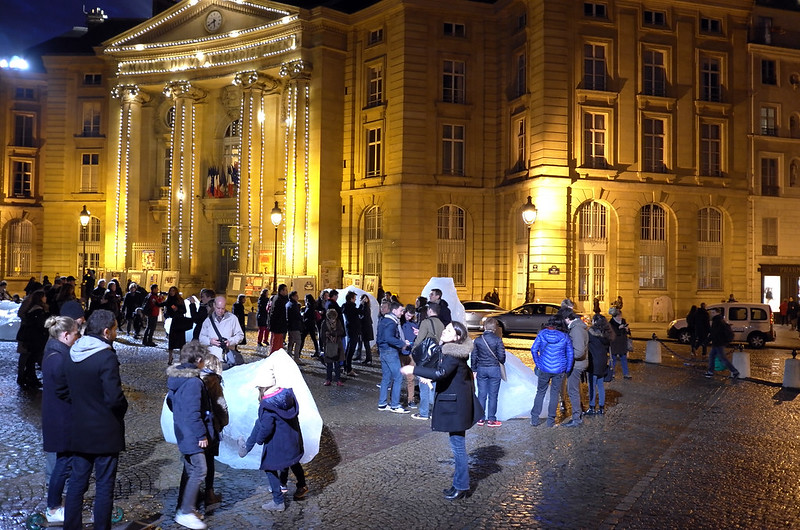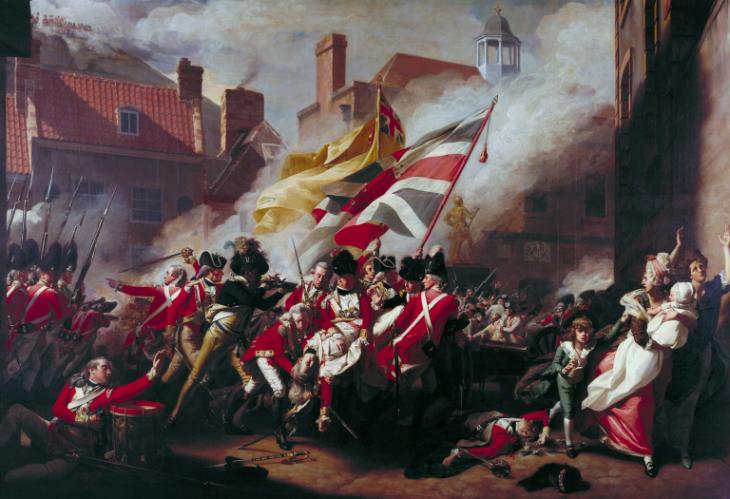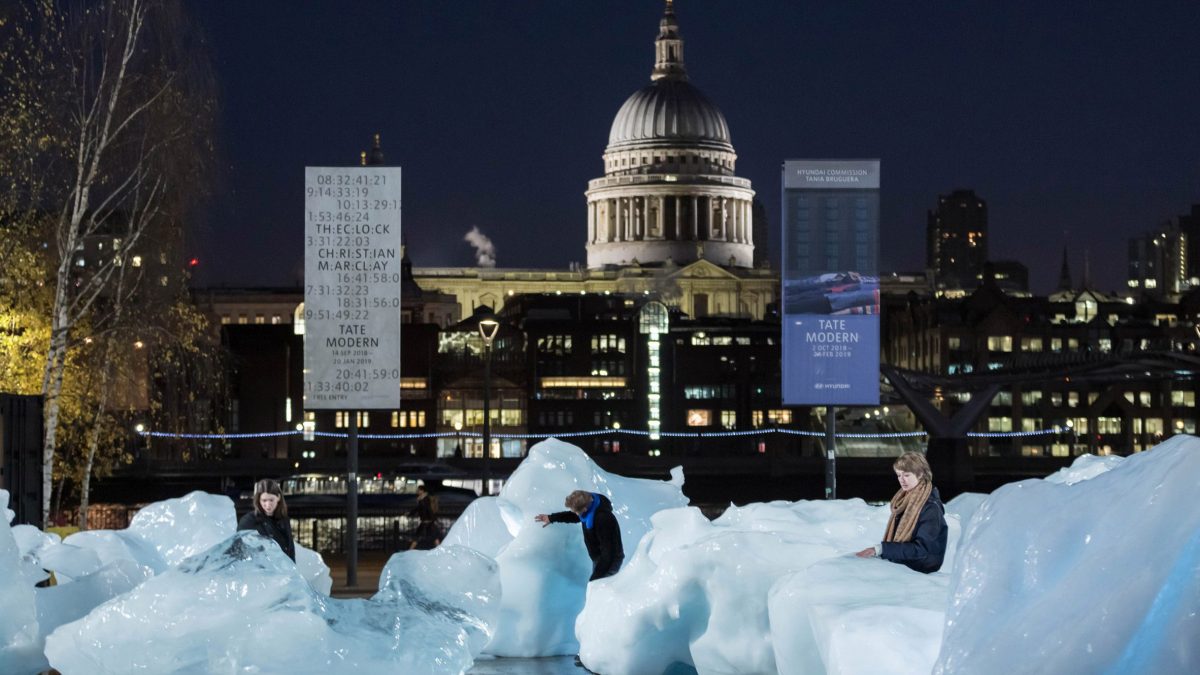Confronting Disaster
Art, like the march of time, is ceaseless. However, when it is faced with disaster, natural or not, the first priority overwhelming is to survive. It is in the wake of destruction that an artist is able to create. There at that moment before the dust has settled and the wave of grief is at its crescendo; is where art leaves a physical response to the catastrophe and offers some kind of explanation. What good can this do? Is the question to which artists have to respond to.
The world as of late is dealing with one impending disaster after another. Every day it seems like an aspect of cultural and political life is being threatened. From the tragedy of war, the migrant crisis and, the global crisis of climate changes; we are waking to an ever-changing world. In this global climate, artists are taking a stand and responding to current issues and anxieties in increasingly direct ways.

Many artists are taking direct action. Making a stand against corporations that would misalign them and their artworks. From the controversy surrounding the Whitney Biennial this year to Facebook being protested at its headquarters – the rallying cry is being heard all across the world.
Last December, the Icelandic-Danish artist Olafur Eliasson, transported 30 icebergs from a Greenland fjord to the doors of London’s Tate Modern. The installation aptly named Ice-Watch brought the fight for climate change right to the heart of London – calling even more attention to the urgent threat of climate change. Even more, controversial, this year’s Venice Biennale was Christoph Büchel’s “Barca Nostra (Our Boat),”. The wreck of a ship that sank in the Mediterranean in 2015, killing an estimated 800 migrants attempting to make their way to Europe.
Displaying the Fallout
The second world war brought with it devastating blows to the art community. Much of which we’re still recovering from. Paintings and works of art are finally making their way back after years of hiding in plain sight.
Art allows us perhaps some insight these catastrophic experiences. Aiming to review them unbiasedly. Consequently providing clarity to those who suffer them and those who come after. The processing of the human experience in the wake of catastrophe is the underlying theme in a number of key works from Western art history. In the documentary “The Rape of Europa” for instance, in which the film memorializes the victims of the Nazi plunder. Consequently following the story of how allied forces lessened damages throughout the continent.

In earlier centuries artists used their medium as a reminder of the wages of war. John Singleton Copley’s legendary piece “The Death of Major Peirson” (1781 – 1783) reflects the conflict between what is now the United States, and England. It remains a horrific, bleak and resounding example of art’s power to confront the horrors of war. Throughout time its unyielding depiction of his execution is profoundly shocking.
Singleton clearly captures this misfortunate affair. Insisting that we look at, and accept the truth of this moment. It is here we face a heavy burden — while simultaneously admitting that looking can be unbearable. We can not look away from the image in which a group of men and women flee in terror before a relentless squad marching towards them.
The Purpose of Art
No one can say for sure what the purpose of art is. However, in the face of disaster, we use art to help us deal with the residual effects of that moment.
“Art has no other purpose than to brush aside… the conventional and accepted generalities, in short everything that veils reality from us, in order to bring us face to face with reality itself” Henri Bergson

Collectively we have always attempted to connect to one another. Our shared experiences are what binds us. We move and therefore thrive in the community around us. The purpose of art is an indispensable part of being human, it transcends the individual. In this sense, Art, as creativity, is something humans must do by their very nature. It is therefore beyond utility. Art is the reflective surface in which we must face ourselves. Artwork specifically compositions are an unspoken language we all understand.
It is within here, at this moment, that art uses the painful reminder of a disastrous moment. Art has always been a great unifier. It stands up in face in place of the few to challenge the many. It is the voice of the voiceless. With its power to convey ideas and emotions more strongly than words alone, art inherently has the power to influence. Art becomes a tool for challenging the status quo, a voice for thoughts on politics, war, social inequalities, and the human condition. In the face of adversity, it guides us and gives us hope. While subtlely serving as a reminder of the past.